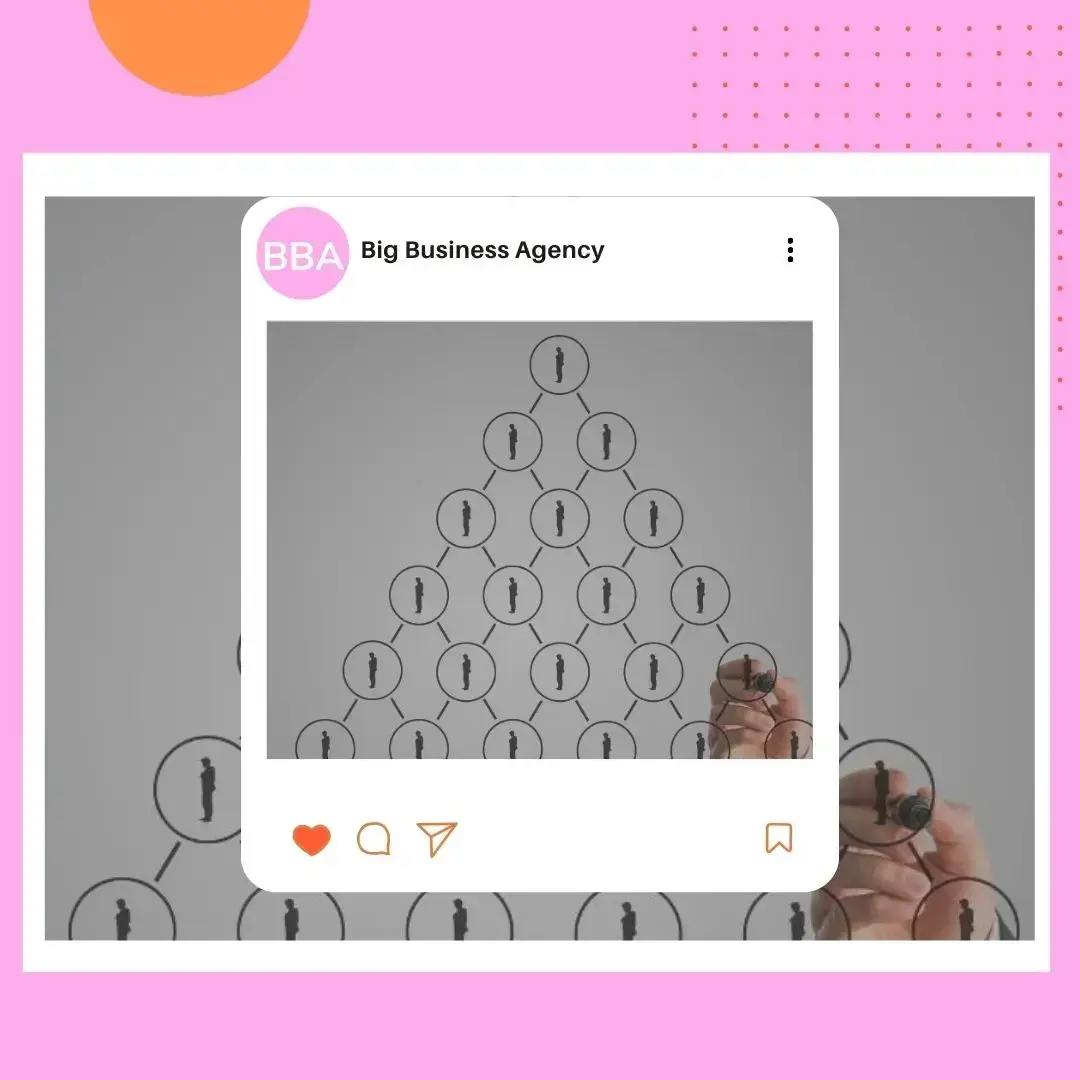Using Support Ticket Analysis for Effective Upselling
Unlock the potential of customer service insights to boost your cross-sell and upsell sales strategy.
7 min read
 Johanne
:
Oct 17, 2024 8:30:00 AM
Johanne
:
Oct 17, 2024 8:30:00 AM

Table of Contents
If you've ever been asked if you’d like fries with your burger, or if you want to add an extended warranty to your new smartphone, congratulations - you’ve experienced cross-selling and upselling in action! These simple strategies can turn a single transaction into a bigger one. But how do you perfect the art of cross-selling and upselling without coming across as pushy?
In 2024, 74% of companies report that cross-selling and upselling drive up to 30% of their total revenue highlighting the significant impact these strategies have on business growth.
This guide will break down everything you need to know about both tactics, their benefits, and how you can implement them into your business to boost revenue and enhance customer satisfaction.

Cross-selling is about offering related or complimentary products to what a customer is already buying. Think of it as helping them complete their purchase. For example, if someone is purchasing a laptop, you could suggest adding a laptop case or an external hard drive to their order.
Upselling, on the other hand, focuses on encouraging the customer to buy a more premium version of the product they’re interested in. Instead of just suggesting add-ons, you’re offering an upgrade. A good example is offering a customer a higher-end smartphone with better features when they're browsing the standard model.
Both strategies are designed to increase the customer’s total spend, but the approach and purpose differ slightly.
Though cross-selling and upselling often get lumped together, they serve distinct purposes:

The beauty of these strategies lies in their mutual benefit to both the customer and the business. Let’s break it down:
 Increased Revenue
Increased RevenueThe most obvious advantage is an increase in sales. By offering additional items or upgrades, you can bump up the average transaction value without the need for new customers.
The most obvious advantage is an increase in sales. By offering additional items or upgrades, you can bump up the average transaction value without the need for new customers.
When done right, cross-selling and upselling can genuinely enhance the customer’s experience. If you’re suggesting something that adds value, like offering a protective case for a fragile item, customers often appreciate the thoughtful recommendation.
Upselling and cross-selling encourage repeat business by fostering trust. When customers feel their needs are understood, they’re more likely to return. Over time, this means more revenue from the same customer.
Sometimes customers don’t know all the products or services you offer. Cross-selling puts additional options in front of them, potentially exposing them to items they didn’t realise they needed.
Cross-selling and upselling are powerful strategies in B2B commerce. Cross-selling involves offering complementary products, while upselling encourages customers to purchase a higher-end product.
To cross-sell and upsell effectively, you must first understand your customer's needs. Analyse their purchase history and preferences to tailor recommendations that genuinely add value.
Generic selling is a thing of the past. Customise your approach by personalising offers based on customer data. A touch of personalisation can significantly enhance your cross-selling and upselling success.
Introduce cross-sell and upsell opportunities at the right moments – during checkout, post-purchase follow-ups, or after a successful product delivery.
Ensure that your upsell or cross-sell offers present clear value. Highlight benefits, solve pain points, and showcase how these additional products or services fit seamlessly into the customer's operations.
Equip your sales team with the right skills and knowledge to identify cross-sell and upsell opportunities. Regular training and workshops can boost their confidence and effectiveness.
Maximise the Potential of your CRM
Leveraging technology can significantly simplify the identification and tracking of cross-sell and upsell opportunities.
HubSpot's CRM serves as a reliable central hub for all customer data, providing sales teams with a complete and insightful view of customer interactions, purchase history and preferences.
When combined, HubSpot CRM and Sales Hub empower upsell and cross-sell strategies by offering a unified platform to manage customer interactions, track opportunities and leverage customer data to effectively identify and seize these opportunities.

It's important to it deeply understand your customer's journey and make sure you align your sales process with your customer's entire journey.
Begin by mapping out each phase of the customer journey, from initial awareness to post-purchase engagement. Identify key touchpoints where cross-selling and upselling opportunities can be naturally integrated.
This might involve suggesting complementary products during the checkout process or offering premium upgrades in follow-up communications.
Utilise data analytics to gain insights into customer preferences and purchase history, allowing you to tailor offers that resonate with their specific needs and desires. Additionally, ensure that your sales and marketing teams are well-trained to recognise these opportunities and equipped with the tools to present them effectively.
By strategically aligning cross-selling and upselling efforts with the customer's journey, you enhance the likelihood of increasing sales while also enriching the customer's experience and satisfaction.

Now that you know the benefits, how do you spot the right moments to upsell or cross-sell without overwhelming the customer? Here are some tips:
Take a look at what your customers have bought before, what they've been browsing or even things they've chatted about, to create offers they'll be interested in. For instance, someone who's picked up a pair of running shoes might really appreciate a suggestion for a fitness tracker or some stylish sportswear. Or someone who has had a network security audit might be keen to hear about your network monitoring services.
You need to have a deep understanding of how your products complement each other. If you sell bicycles, know which accessories (like helmets or locks) are must-haves and which ones are nice-to-haves, so you can tailor recommendations.
Offer additional products at natural points in the purchasing process—during checkout, in follow-up emails, or even in thank-you messages. Just make sure you’re not interrupting their experience by pushing too much at once.

Artificial intelligence is shaking things up and making upselling and cross-selling easier than ever for businesses. With AI, you can get a good sense of what your customers might want to buy next by looking at their past purchases and browsing habits.
Here’s how it all comes together:
AI tools are great at sifting through tons of data to give you real-time, personalised suggestions. It's like when you're shopping on Amazon and you see the “customers also bought” section—that's AI cross-selling doing its magic!
AI-powered systems have mastered the art of the digital nudge, sending cheeky follow-up emails that suggest just the right accessories or upgrades, like a personal shopper with a crystal ball tuned to your latest purchase.
AI can identify which customers might be inclined towards specific products, enabling you to concentrate your upselling efforts where they have the highest chance of success.
A B2B software company sells a project management tool to a new customer who purchases the basic plan for their team of ten. After a few months, the customer receives a personalised email suggesting an upgrade to the premium plan, highlighting features like advanced reporting, additional storage, and priority customer support that can enhance their team's productivity. This tailored recommendation not only showcases the added value but also addresses the customer’s potential growing needs as their projects expand.
Online stores often use cross-selling during checkout by showing “related items” or “frequently bought together” suggestions. Upselling is common with subscription services, where users are encouraged to upgrade to a premium version for additional benefits.
For a testing laboratory an upsell example might occur when a client orders a basic chemical analysis. After receiving the results, the lab could offer an upgrade to a comprehensive analysis that includes additional tests, detailed reports and consultation on the findings.
A cross-sell example could happen when a client submits a sample for microbiological testing. The lab might suggest related services, such as water quality testing or environmental monitoring, to provide a more complete picture of their needs.
It’s essential to strike a balance between offering genuine value and overwhelming your customers. Be respectful of their choices, and always ensure that your recommendations align with their needs. Ethical and considerate cross-selling and upselling builds trust and leads to long-term relationships, while pushy tactics can drive customers away.
Cross-selling and upselling are B2B Sales powerful tools that can increase revenue, improve customer satisfaction, and boost long-term customer value when done right. The key is to personalise your offers, make timely suggestions, and always prioritise the customer’s needs over quick profits. When you perfect the balance, both your business and your customers benefit.
Ready to boost your sales with cross-selling and upselling?
Start integrating these strategies into your business today and watch your revenue grow!
Set up a time to chat with our team for more ideas on how to include Cross-selling and Upselling into your sales process.
The best way is to make it feel natural and helpful.
Offer complementary products at checkout or in follow-up emails when the customer is most likely to appreciate the added value.
Not at all.
Upselling works for any product where there’s a premium version or upgrade available.
It could be as simple as offering a larger size or a more feature-rich model.
Make sure you’re offering genuinely useful products and services, not just trying to increase the total sale.
Watch for customer cues - if they’re not interested, back off and focus on delivering excellent service instead.
It’s all about timing. Don’t bombard your customers with offers constantly.
Aim for natural touchpoints like during the purchase process, follow-up communications, or when customers hit certain milestones (like renewing a subscription)

Unlock the potential of customer service insights to boost your cross-sell and upsell sales strategy.

1 min read
The core principle of the Buyers Pyramid emphasises that, at any given time, merely 3% of your potential market is actively prepared to make a...

5 min read
Premium products and services command a premium because they are perceived to deliver more value, and 86% of buyers will pay a premium for a great...